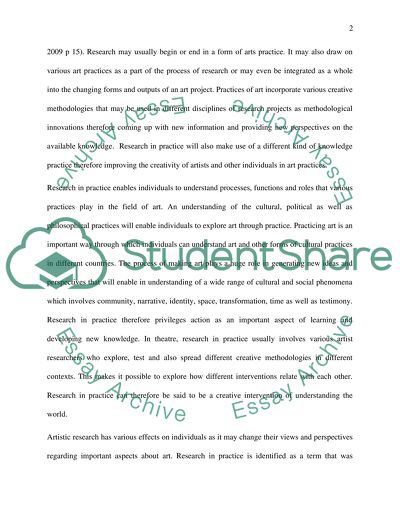Cite this document
(“Research in Practice Essay Example | Topics and Well Written Essays - 3000 words”, n.d.)
Research in Practice Essay Example | Topics and Well Written Essays - 3000 words. Retrieved from https://studentshare.org/visual-arts-film-studies/1401001-research-in-practice
Research in Practice Essay Example | Topics and Well Written Essays - 3000 words. Retrieved from https://studentshare.org/visual-arts-film-studies/1401001-research-in-practice
(Research in Practice Essay Example | Topics and Well Written Essays - 3000 Words)
Research in Practice Essay Example | Topics and Well Written Essays - 3000 Words. https://studentshare.org/visual-arts-film-studies/1401001-research-in-practice.
Research in Practice Essay Example | Topics and Well Written Essays - 3000 Words. https://studentshare.org/visual-arts-film-studies/1401001-research-in-practice.
“Research in Practice Essay Example | Topics and Well Written Essays - 3000 Words”, n.d. https://studentshare.org/visual-arts-film-studies/1401001-research-in-practice.


